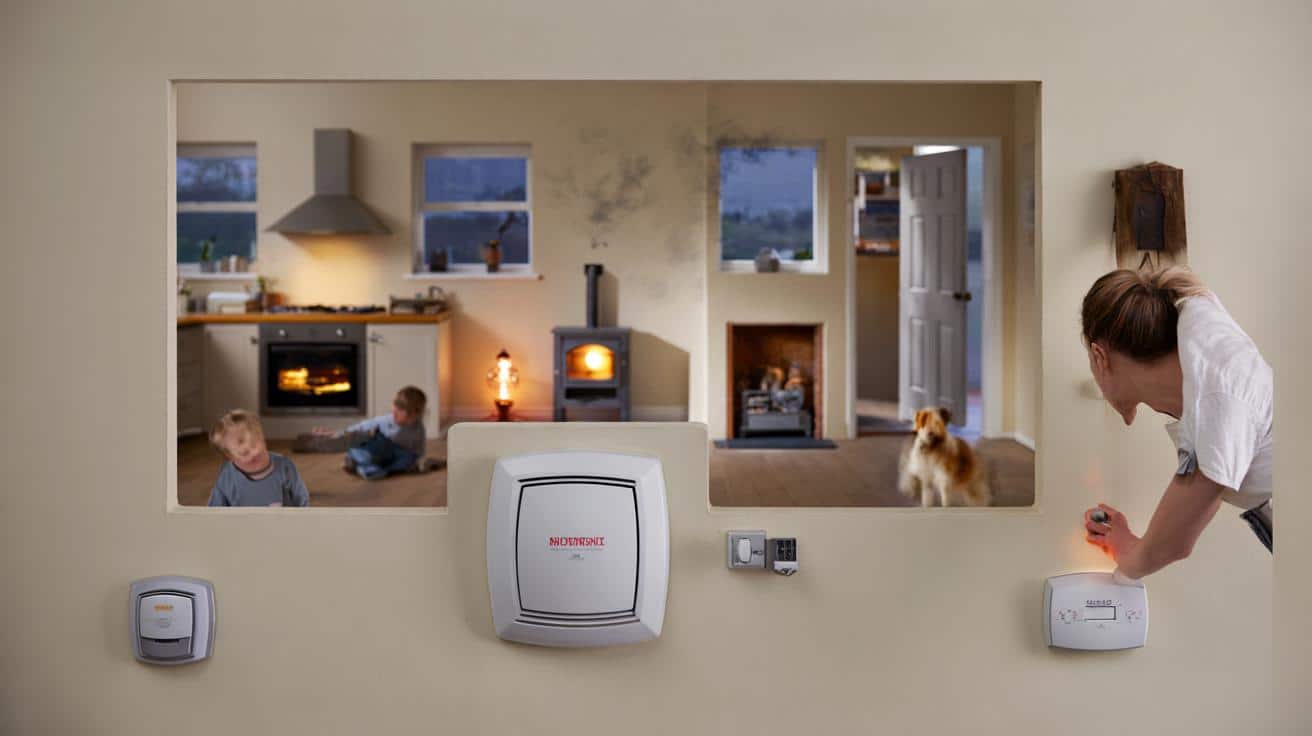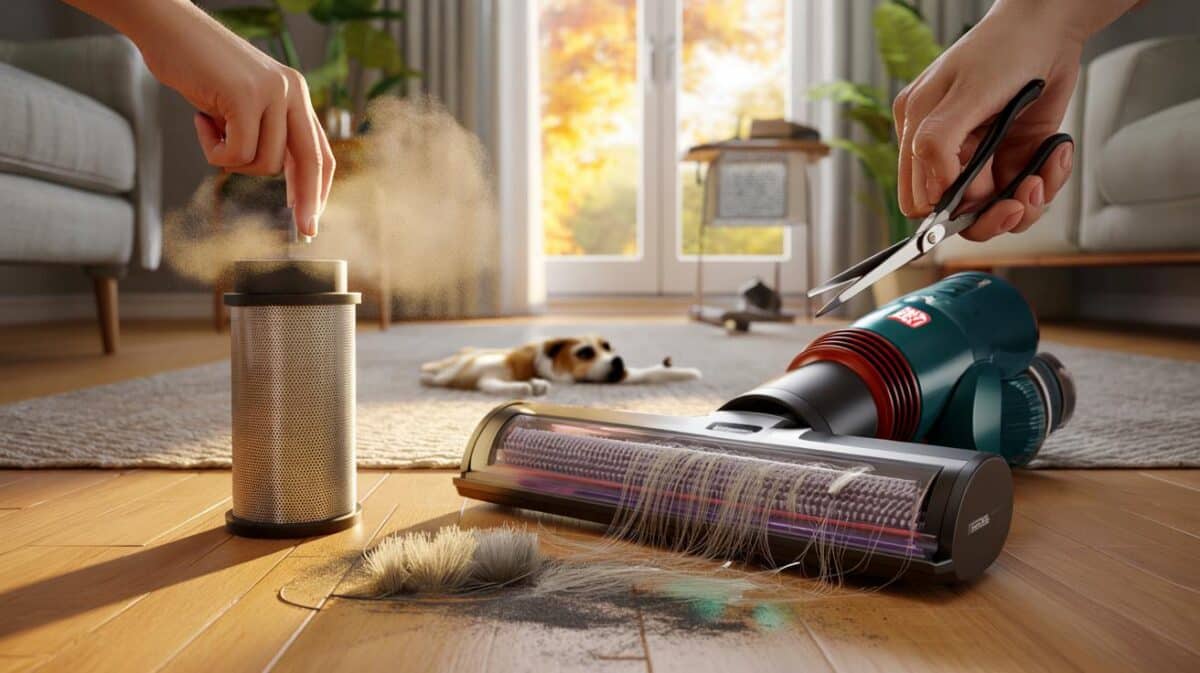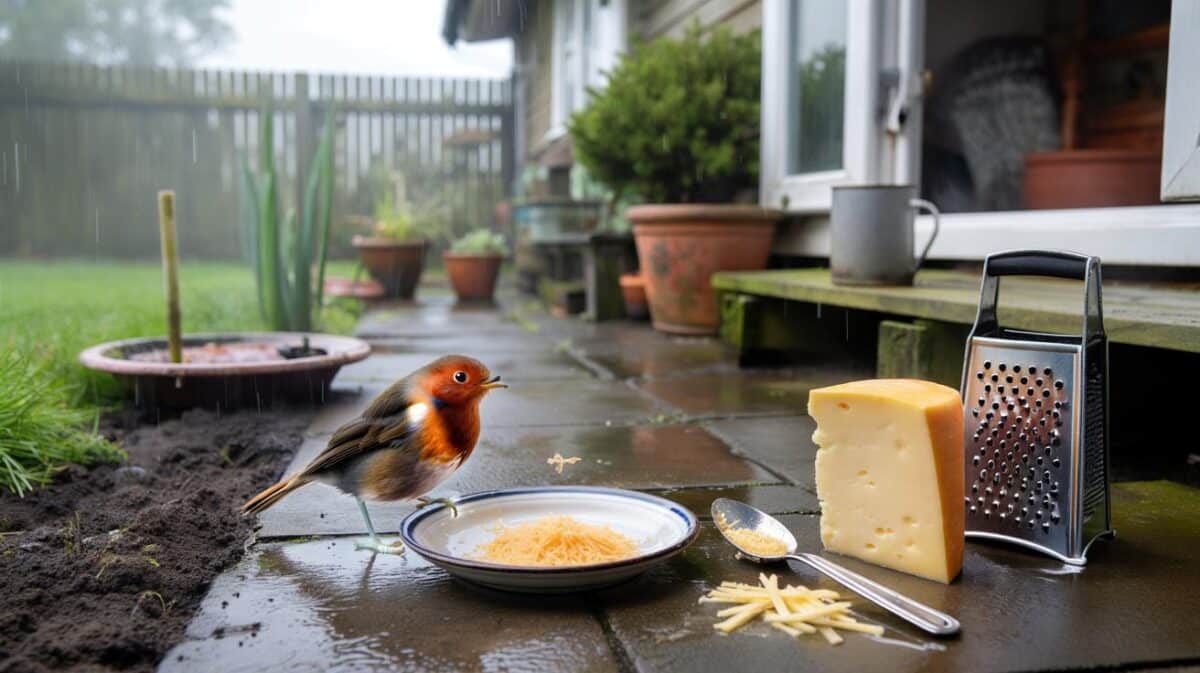Across Britain, families fire up boilers, light stoves and rely on quick plug-in heaters. Comfort rises, yet a colourless, odourless gas can turn a familiar evening into a medical emergency before anyone notices.
What carbon monoxide does to a busy home
Carbon monoxide forms when fuel burns without enough oxygen. Faulty boilers, wood stoves, gas hobs, open fires and blocked flues sit on the risk list. In a sealed or poorly ventilated room, the gas displaces the oxygen your body needs and binds to haemoglobin far more strongly than oxygen does. The result is hypoxia that escalates within minutes.
Early effects often mimic everyday fatigue. People report headaches, nausea, dizziness and confusion. Children, older adults, pregnant people and pets show symptoms sooner. High concentrations can knock people unconscious. Sleepers may never stir.
No smell. No colour. No sting in the eyes. Carbon monoxide gives no natural warning before symptoms begin.
Early warning signs you can spot before the alarm
Watch the room as well as your body. Sudden condensation on panes, a lazy yellow or orange flame instead of crisp blue on a gas hob, soot marks around a boiler case, or a pilot light that keeps going out can signal poor combustion or a ventilation problem. Treat clusters of similar symptoms in the household as a red flag.
| Sign or symptom | Likely cause | Immediate action |
|---|---|---|
| Headache, dizziness, nausea | Low-level CO build-up | Open windows and doors, switch off appliances, go outside, seek advice |
| Yellow gas flame or soot | Incomplete combustion, poor maintenance | Stop using the appliance and book a qualified service |
| Multiple people feel unwell at once | Rising CO concentration | Evacuate, call emergency services, do not re-enter until told it is safe |
Choose a detector that actually protects your family
You cannot smell CO, so you need a detector that raises the alarm before symptoms strike. Not all devices meet the same standard. Look for models certified to EN 50291 and bearing the CE mark. This testing regime checks response times at different concentrations and operating conditions, which matters on cold nights when ventilation is poor.
Many households want extras. A digital display shows real-time parts-per-million readings, which helps diagnose a smouldering issue. Sealed lithium batteries promise up to 10 years of power. Some units interlink so alarms sound throughout the home. Others send alerts to your phone if you are out.
Buy once, buy right: EN 50291 certification and the CE mark turn a plastic box into a life-saving device.
Your 7‑point checklist before you buy
- Check for EN 50291 on the box or manual, plus the CE mark.
- Prefer a sealed 10‑year battery or a clear plan for yearly battery changes.
- Look for a test/silence button you can reach easily.
- Consider interlinked alarms for larger homes or multi-storey flats.
- Choose a loud siren (typically 85 dB at three metres) and a bright indicator light.
- Pick a display model if you want to track ppm levels during servicing.
- Make sure the warranty and end-of-life alerts are stated clearly.
The placement rule that changes everything
Placement decides whether the alarm sounds in time. CO mixes evenly with air, so you do not need to hug ceilings like you would with smoke detectors. Mount the unit where you can see and hear it, away from draughts and steam.
Follow the 1.5–1.7 m rule: mount at eye level, 1–3 m horizontally from fuel-burning appliances, and within earshot of bedrooms.
Fit one detector in every room with a fuel-burning appliance: the sitting room with a wood stove, the kitchen with gas hobs, the utility with a boiler, the garage if you run engines. Add one in the hallway outside sleeping areas, or inside bedrooms if appliances sit nearby.
Room-by-room guide
- Kitchen: place 1–3 m from the hob, not above it, not by an extractor or open window.
- Sitting room: position near a fireplace or stove but not on the chimney breast.
- Boiler room or cupboard: mount on a clear wall, not behind boxes or curtains.
- Bedrooms: use the hallway for audibility, or add a unit inside if the risk is close.
- Bathroom: avoid steamy rooms that cause false alarms and sensor stress.
- Garage or workshop: never rely on ventilation alone if engines or heaters run.
Keep it working: the monthly ritual
Testing beats guesswork. Press the test button once a month. The siren should sound. If it does not, change the batteries or replace the unit if it has reached its end-of-life date. Most devices last seven to ten years; note the installation date on the casing with a permanent marker.
Dust dulls sensors. Wipe the vents with a soft cloth every few weeks. Do not paint the unit or tape decorations across it. Keep furniture away from the detector so sound carries.
One minute a month for the test, two minutes to clean the vents, and you gain round-the-clock coverage.
When the alarm sounds
- Open windows and doors wide.
- Switch off combustion appliances if you can do so quickly.
- Move everyone, including pets, into fresh air.
- Call emergency services and seek medical advice if symptoms appeared.
- Do not re-enter until a professional says the area is safe.
- Book a qualified engineer to inspect appliances, flues and vents before using them again.
What most people get wrong
Mounting too high or too low reduces audibility and visibility. The top of a bookshelf by a window creates draughts that dilute readings. A detector tossed in a drawer cannot hear anything. Cheap, unlabelled gadgets may chirp but fail to meet alarm thresholds. Skipping the monthly test leaves you blind to a dead battery.
Costs, rules and practical add-ons in the UK
Expect to pay £20–£30 for a basic EN 50291 model, £30–£60 for a sealed 10‑year unit or interlinked option, and £60+ for smart alerts. A yearly boiler service and a chimney sweep cost more upfront, yet they cut risk at the source by fixing poor combustion and clearing flues.
Rules vary by nation and tenure. In many rented homes, landlords must fit CO alarms in any room with a fixed combustion appliance other than a gas cooker. Social housing follows similar duties. Owner-occupiers face fewer uniform rules, but a detector in each risk room and near bedrooms is common sense. If you let out a holiday cottage, caravan or boat, treat detectors as standard kit.
Extra ways to stack the odds in your favour
Pair the detector with fresh air. Never block trickle vents or air bricks. Keep chimneys and flues clear. Store fuel safely and dry. Do not use barbecues, patio heaters or portable generators indoors or in attached garages, even with the door open. If you run a stove on a still day, crack a window for a steady oxygen supply.
Run a five-minute family drill twice a year. Show children the alarm sound. Decide who opens which window, who gathers the pets, and which neighbour you will wait with. Keep the emergency number on the fridge. If you travel, pack a small EN 50291 detector for hotel rooms and rental cabins with stoves or boilers you do not control.
Finally, note that detectors can signal end-of-life with different chirps than a CO alarm. Read the leaflet, learn the tones, and stick it in a drawer you actually use. A tiny bit of preparation turns a small plastic device into a dependable guardian through the longest winter nights.







